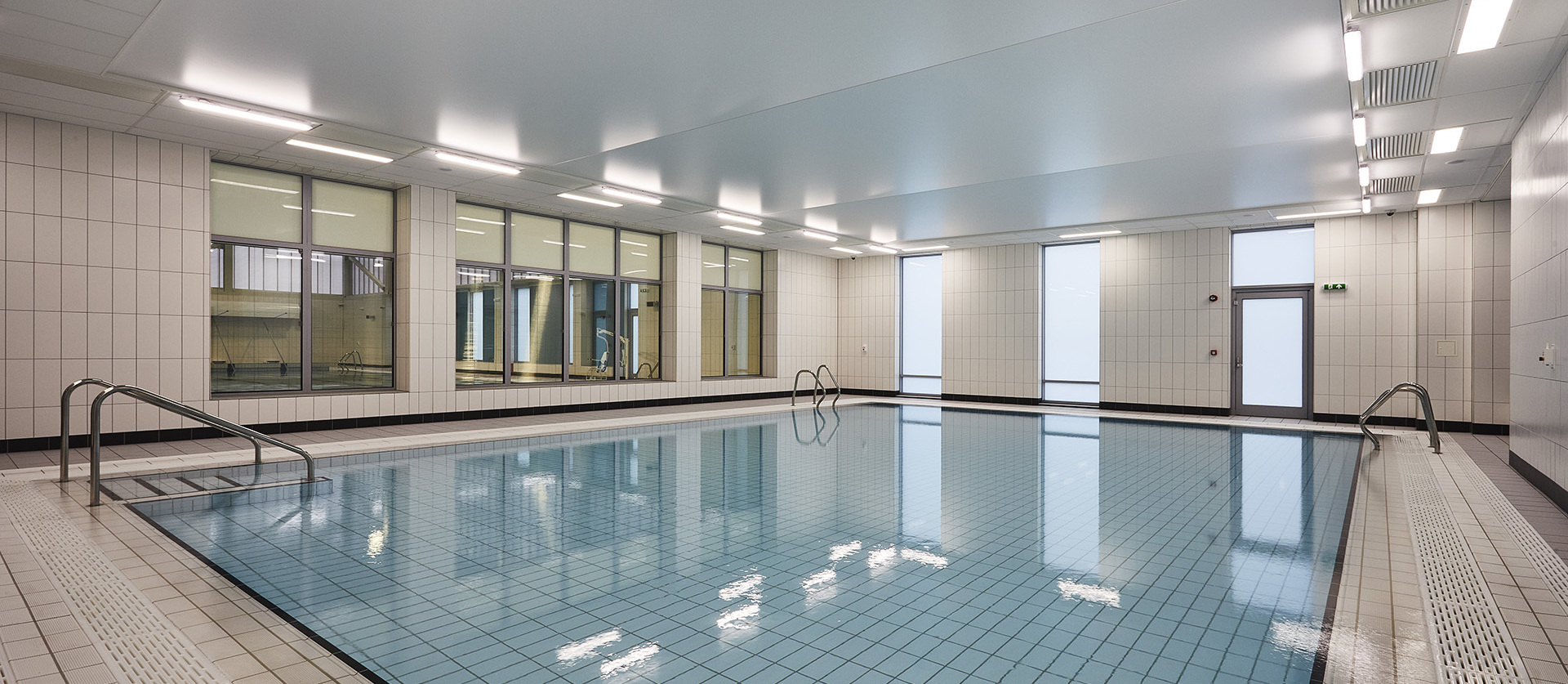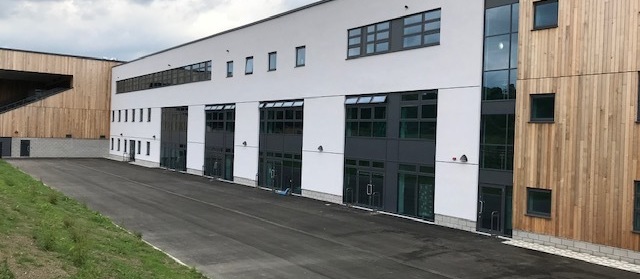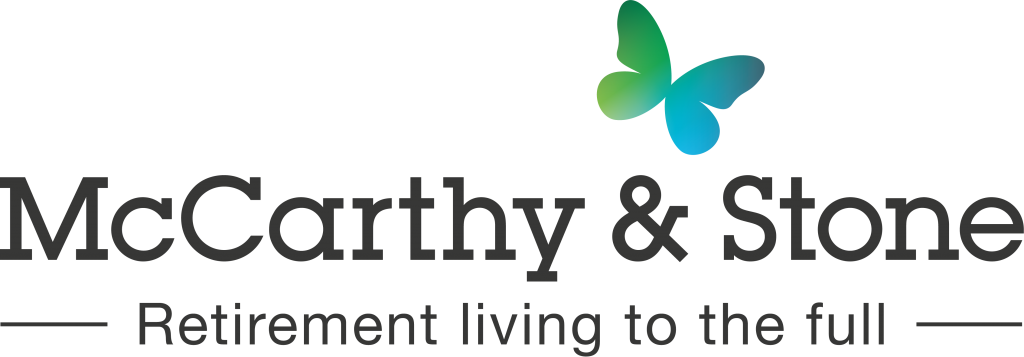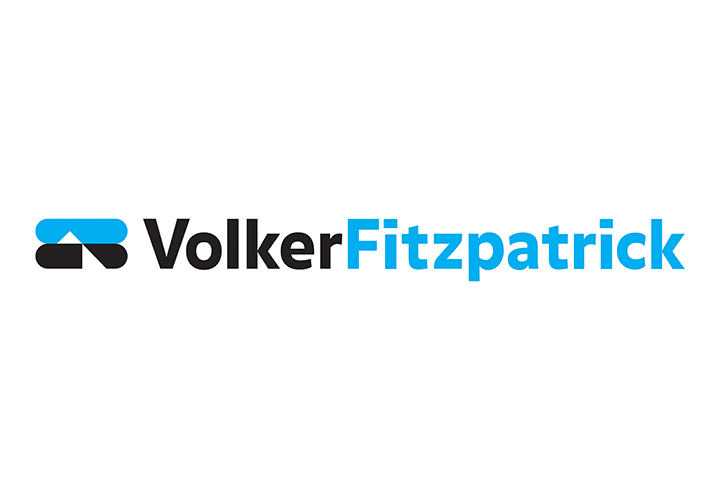Drylining has grown considerably over the past 20 years within the UK.
Drylining is renowned for being quick and relatively clean to apply compared to the equivalent two coat plaster systems. Drylining is simply the application of plasterboard to surfaces such as timber studs, masonry or metal studs using various fixings for each surface.
When Drylining Timber or metal, this is known as ‘Tacking’ this is a relatively easy process to undertake as both timber studs and metal studs have flush joining edges.
We would simply measure the sheet of plasterboard, make any necessary cuts to match the area to which it will be fixed, then fix the plasterboard to the studs, whether that be a wall or a ceiling, we always prefer to use drywall screws for increased strength and durability.
Another option of dry lining is to apply it directly to masonry walls, this process is commonly known as ‘Dot and Dab. This process of dry lining is actually much more skilled than ‘Tacking’ to Studs, as this involves using a plasterboard adhesive. The process requires the adhesive to be applied to the wall first in fist sized lumps or "dabs" using a plasterers hawk and trowel. Each sheet of plasterboard is then gently manoeuvred into position onto the evenly spaced "dabs"
Once in position, the board is checked for level and squareness, both vertically and horizontally.







We also offer:

Lightweight Steel Framing.

External Wall Insulation

High-Pressure Laminate façade solutions

Aluminium Flashings & copings

Traditional render (sand & cement, ashlar & monocouche)

Terracotta tile cladding systems

Metal cladding systems – Aluminium, Copper & Zinc in plank, cassette or shingle form

Timber cladding systems

Insulated render systems

Flashings & Copings

Brick Slip cladding systems

GRC cladding

Stone cladding

Render systems on carrier board

Dry-lining










